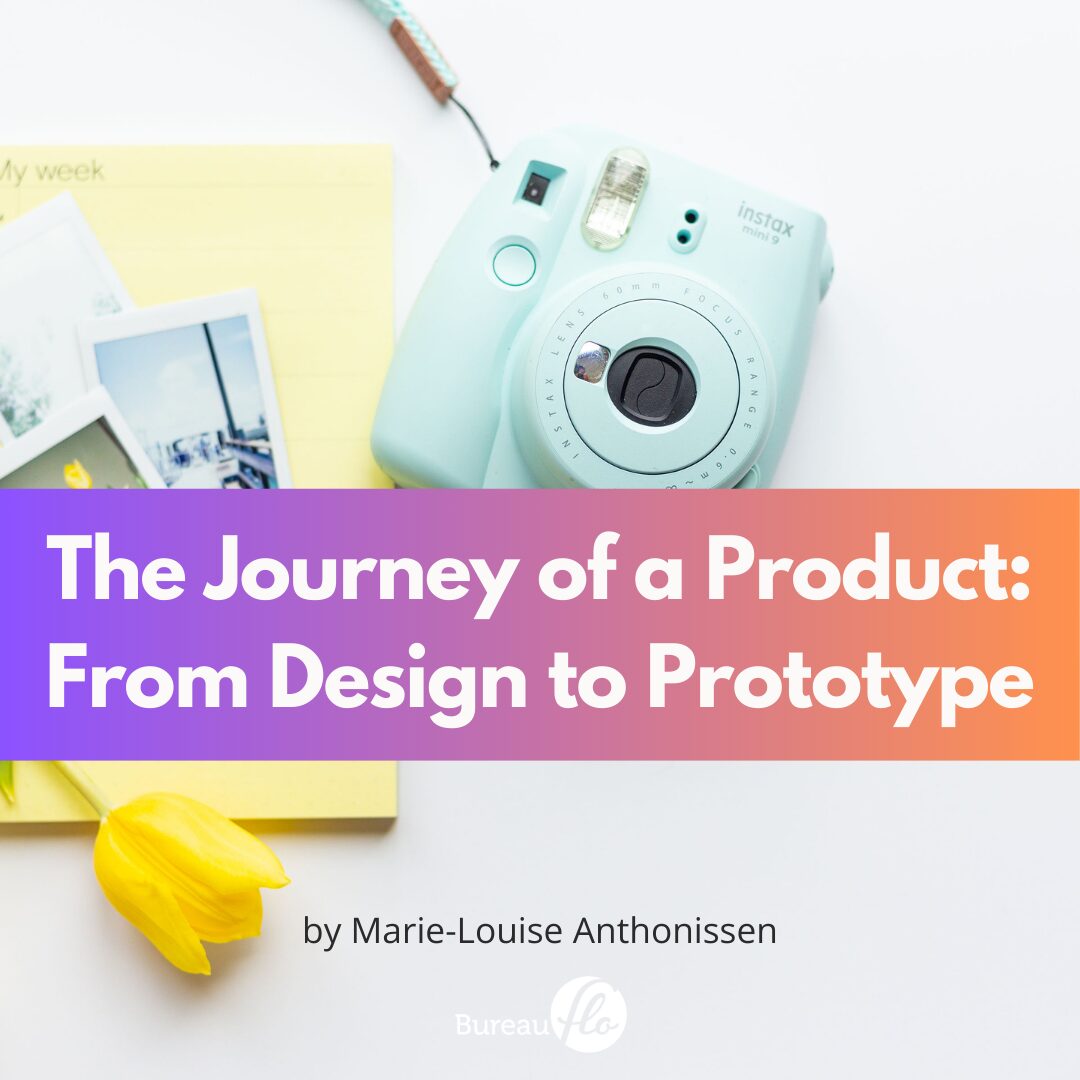Welcome back to the blog! Today, we’re diving into a topic that is key to successful product development: tooling. Whether you’re in the initial stages of developing a product or refining an existing one, understanding tooling is crucial for creating a product with a housing you’re proud of, be it plastic, metal, or any other material.
Introduction to Tooling
Tooling refers to the creation of molds that are used to manufacture the housing or exterior of a product. This is particularly important for products with distinct packaging requirements, such as electronics, skincare, or nutritional supplements. The right tooling ensures the housing is compliant with health and safety regulations, avoiding any undesired materials.
The Importance of Specifications
Before designing your product, it’s imperative to document any materials that are prohibited or undesirable. This ensures the resulting housing does not contain banned substances, which is especially crucial for products like vitamins or skincare that are subject to strict regulatory compliance.
From Design to Production
Creating a product involves several steps, starting with the design phase. This might involve crafting a prototype or using a product designer to sketch your product’s initial form. Then, transition these designs to engineering drawings, which further evolve into tooling drawings.
The Tooling Process: Understanding Tooling in Product Development: A Comprehensive Guide
Upon approving the tooling drawings, the tool manufacturer produces initial samples, known as the “first out of tools.” It’s essential to thoroughly evaluate these samples, checking for common defects like mold flow lines or sharp edges, and ensure that multiple parts fit together seamlessly.
Iteration and Perfection
If the initial samples are imperfect, further iterations are needed. The goal is to finalize tooling samples that meet your standards, after which you can safely move into mass production. Retaining the final approved samples is advised for quality control and marketing purposes.
Ownership and Financial Considerations
Tool ownership is another critical aspect of the tooling process. Ensure you hold the rights to your tools to avoid unauthorized use by competitors. Financially, you can choose to cover tooling costs upfront or amortize these expenses into production costs, depending on your financial strategy.
Planning for Success
A successful product introduction hinges on effective planning. This includes accounting for the timeline from design inception to final tooling approval and ensuring your supply chain is prepared for production demands. A three-month lead time is a reasonable expectation for this phase. This is why understanding tooling in new product development is important.
Choosing the Right Designer
Finally, select a product designer experienced in manufacturability. This choice prevents costly redesigns and ensures that your product can be manufactured technically and efficiently.
We hope this comprehensive guide on tooling has proven valuable as you navigate the intricate world of product development. Best of luck with your new project, and we look forward to connecting again soon!
FREE LEARNING
Want to learn how to create a project business plan for your new product development? Sign-up for FREE training via the link below.
Follow me on: Instagram: https://www.instagram.com/bureau_flo/
Connect with me on: LinkedIn: https://www.linkedin.com/in/marielouiseanthonissen/

+ show Comments
- Hide Comments
add a comment